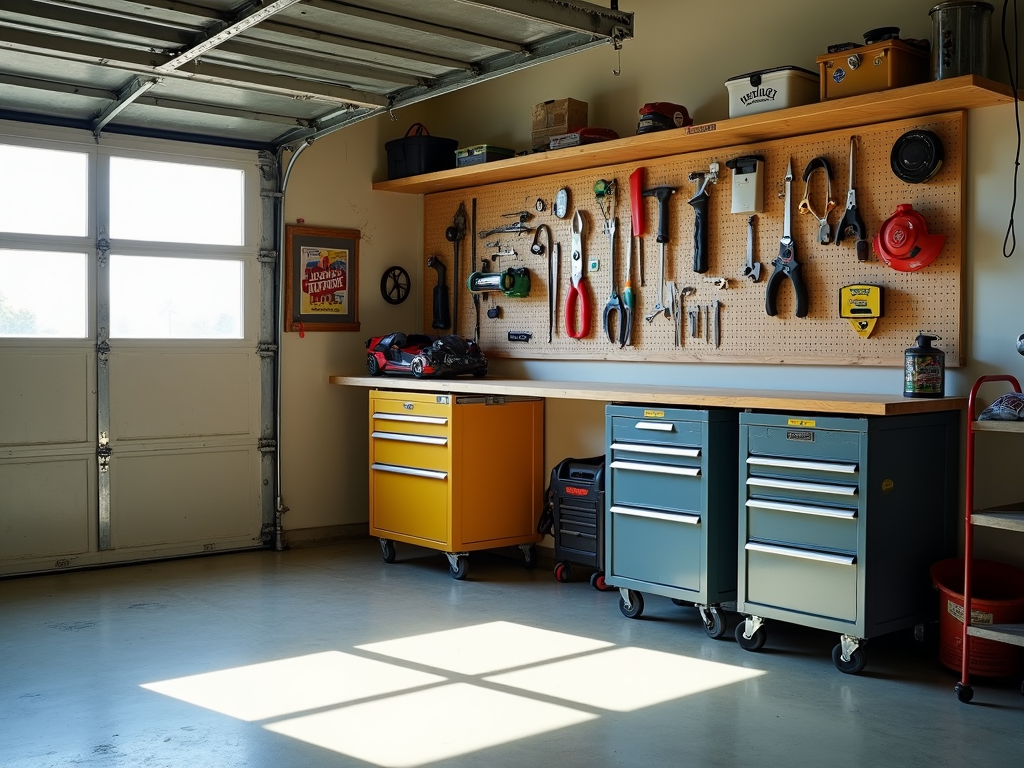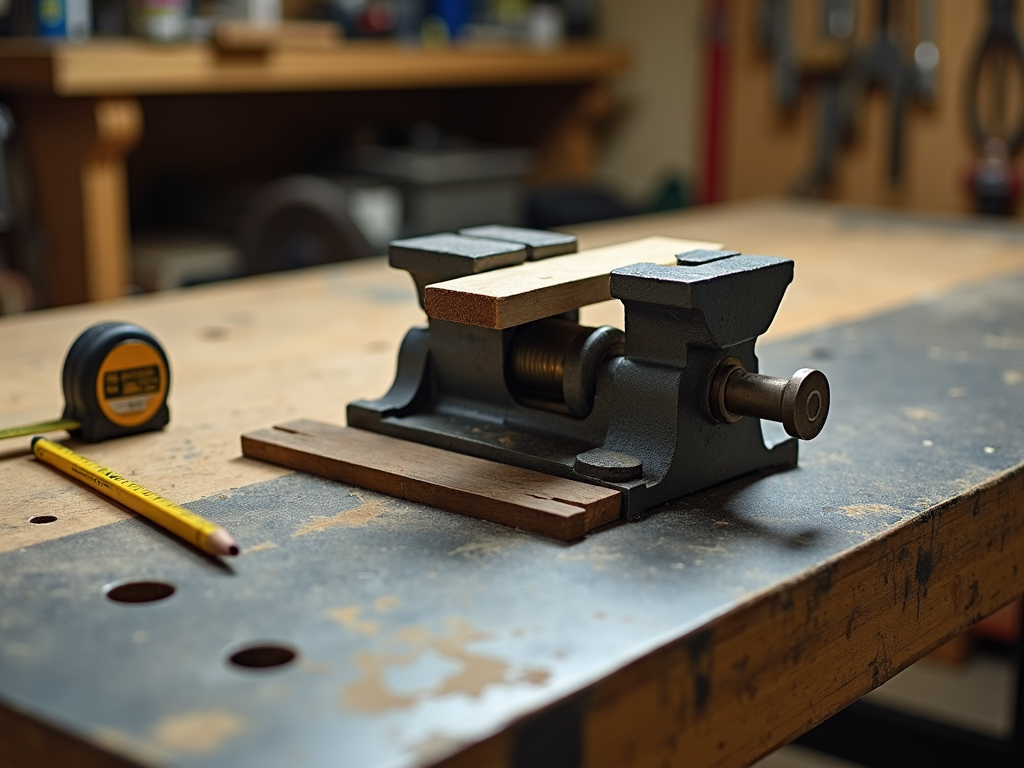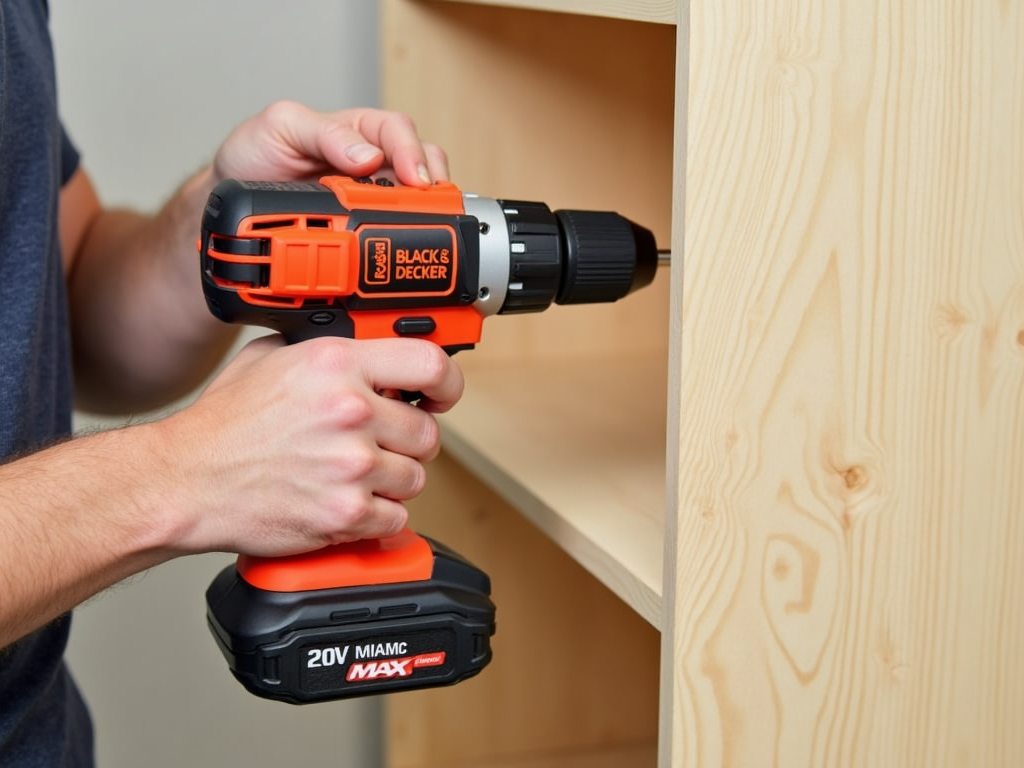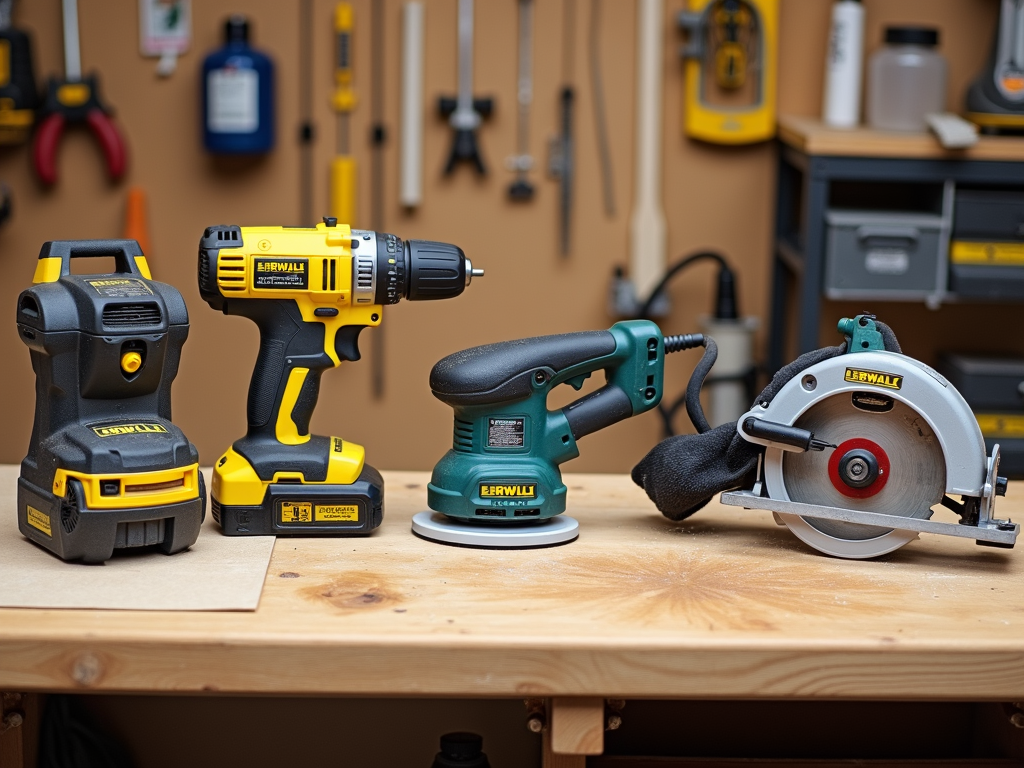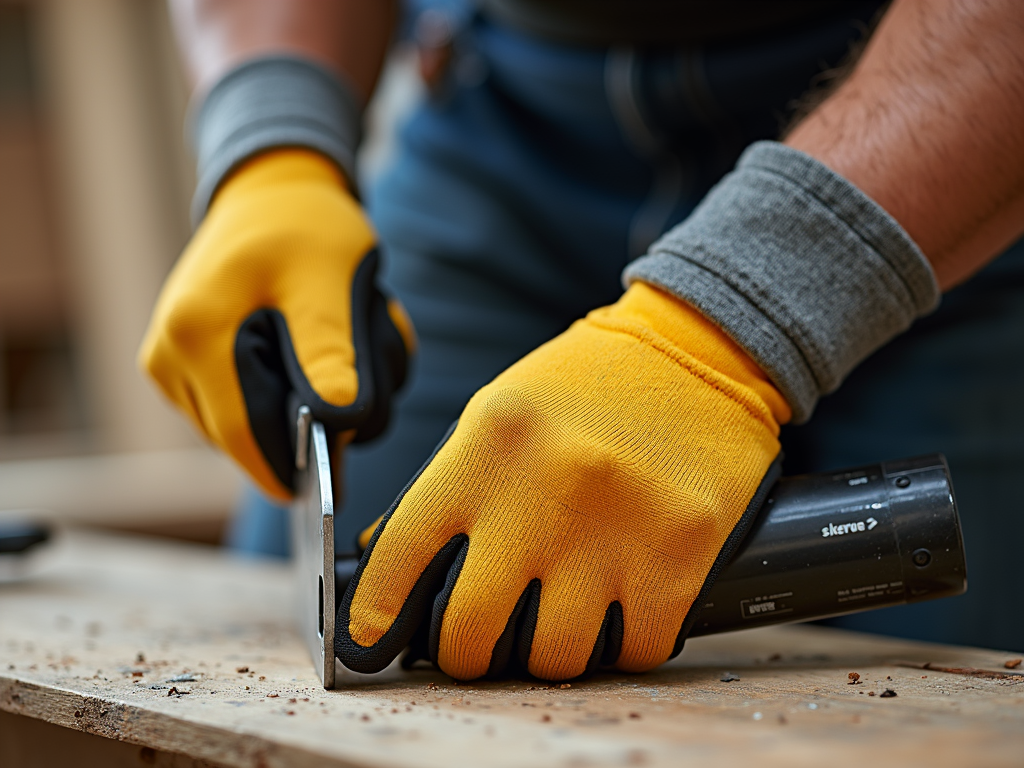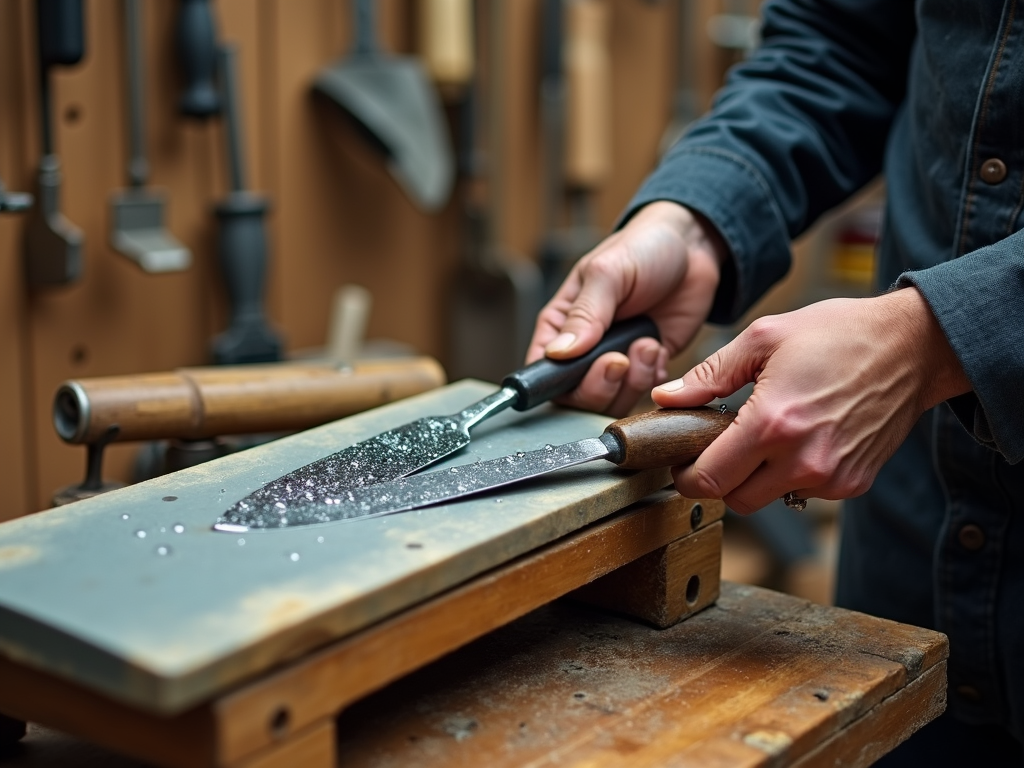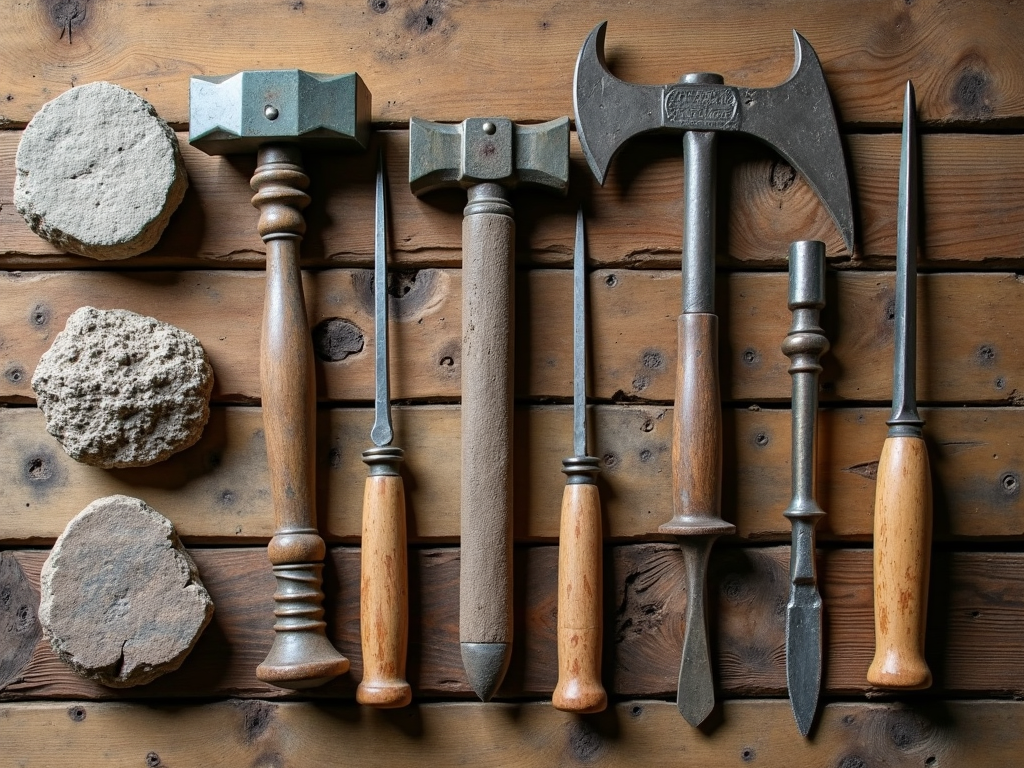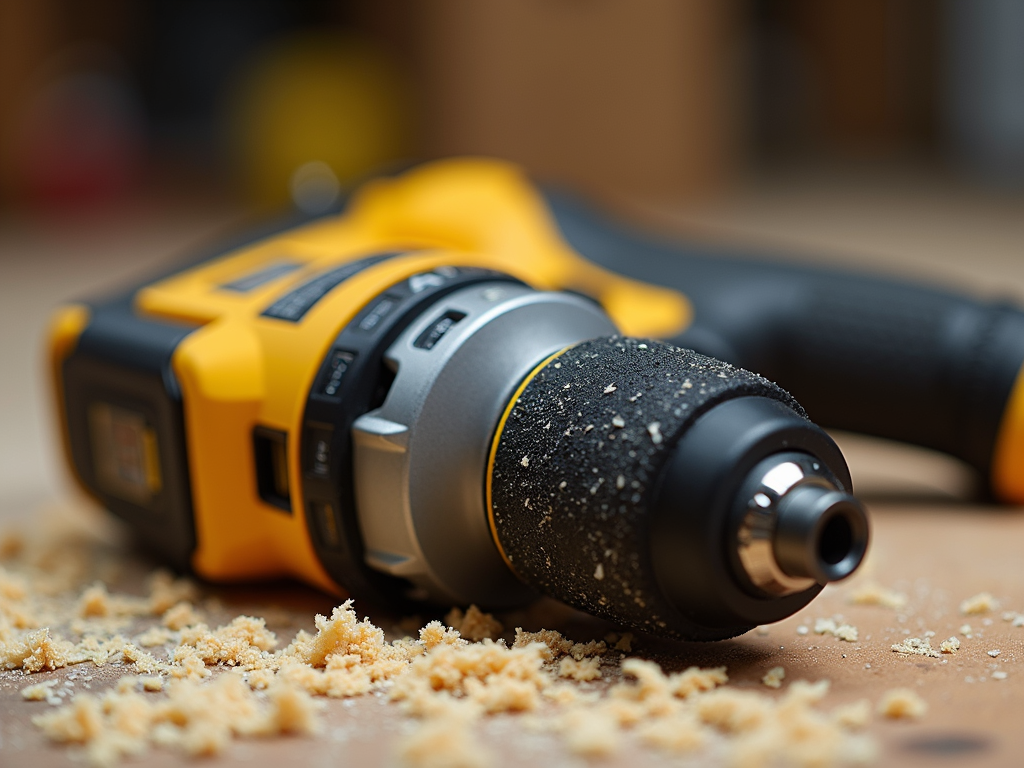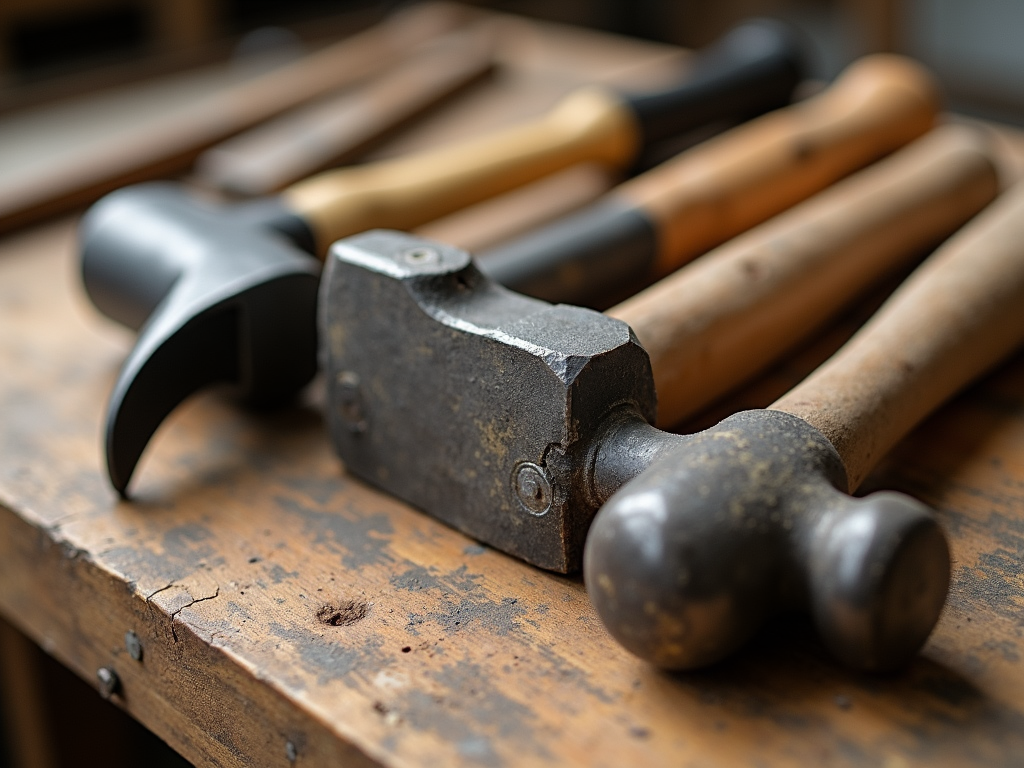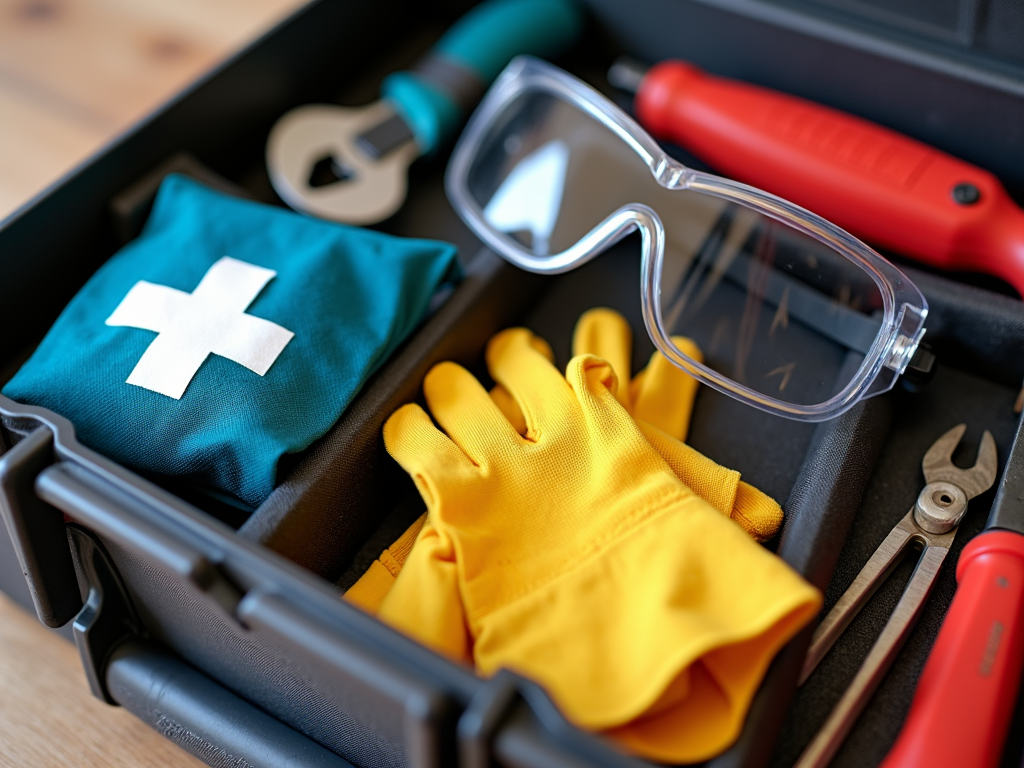Overview
Hammers are vital tools for builders, crafters, and DIY enthusiasts. Grasping the basics of hammer dynamics and ergonomics can make your work easier and safer. This guide dives into how hammers function, why ergonomic design matters, and how to use these workman tools like a pro.
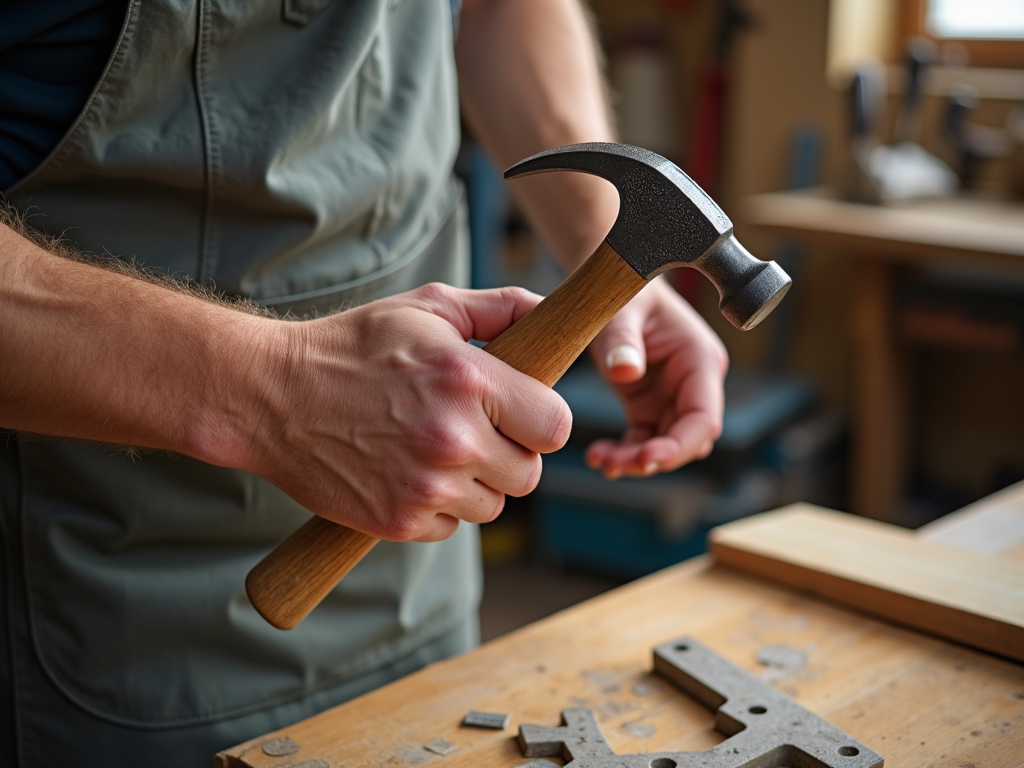
What Makes a Hammer Tick?
Hammer dynamics is all about how a hammer moves and delivers force. When you swing a hammer, energy travels from your arm to the hammerhead, striking the target. Understanding this flow helps you pick the right hammer and hit your mark every time.
A Hammer for Every Job
Not all hammers are the same. Here’s a quick rundown:
- Claw Hammer: Perfect for nails—driving them in or prying them out.
- Sledge Hammer: Built for big jobs like breaking concrete.
- Ball Peen Hammer: Great for shaping metal.
- Mallet: Soft strikes on wood or delicate materials.
Matching the hammer to the task saves effort and keeps you safe.
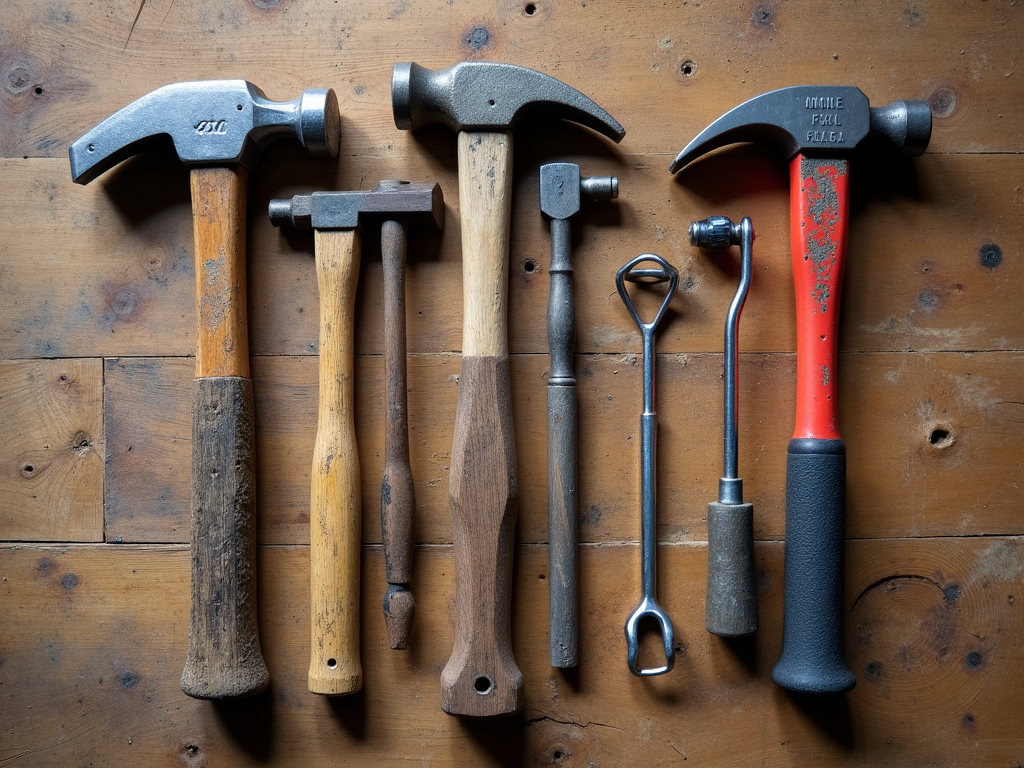
Why Ergonomics Matters
Ergonomics is about making tools work for you, not against you. A well-designed hammer feels good in your hand and cuts down on strain. Things like handle shape and grip material play a big role in keeping you comfortable and in control.
Swinging the Right Way
Using a hammer isn’t just about power—it’s about technique. Here’s how to do it:
- Grip: Hold it near the handle’s end for leverage.
- Swing: Let your wrist and forearm do the work.
- Strike: Hit the nail dead center to avoid slips.
- Safety: Wear goggles and clear your space.
Practice makes this second nature.
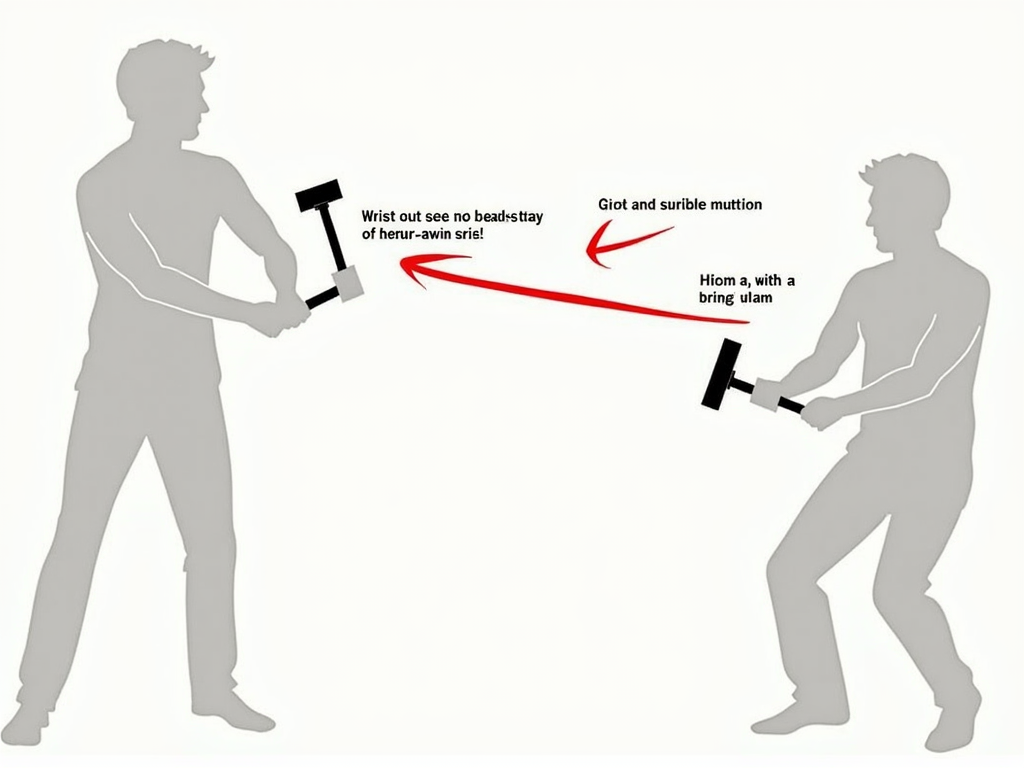
Mistakes I’ve Made (So You Don’t Have To)
I’ve swung a hammer or two in my time, and I’ve learned the hard way. Once, I used a claw hammer to bash metal—it bent the head and hurt my wrist. Another time, I gripped too high and lost control. Stick to the right tool and technique, and you’ll avoid my headaches.
Picking the Perfect Hammer
Choosing a hammer isn’t rocket science, but it takes thought. For small jobs like hanging a picture, go light. For breaking up old tile, grab something heavier. I always check the grip—rubber ones feel better and don’t slip when my hands get sweaty.
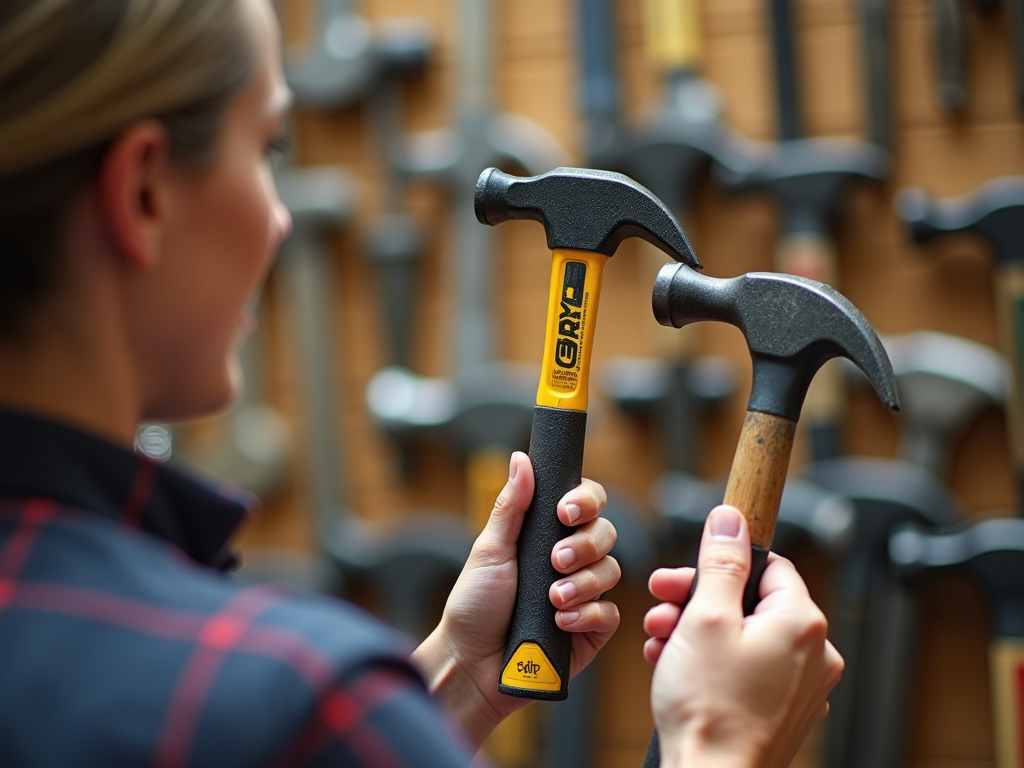
Keeping Your Hammer in Shape
A good hammer lasts years if you treat it right. Check the handle for cracks—I’ve seen wooden ones split mid-swing. Make sure the head’s tight; a loose one’s dangerous. Wipe it down after use to keep rust away. Simple steps keep your workman tools ready.
Ergonomic Features That Save Your Body
Look for these when buying a hammer:
- Handle Shape: Curved ones ease wrist strain.
- Weight: Balanced hammers feel smoother to swing.
- Grip: Textured or rubber grips stop slips.
I switched to an ergonomic hammer last year, and my arms thank me daily.
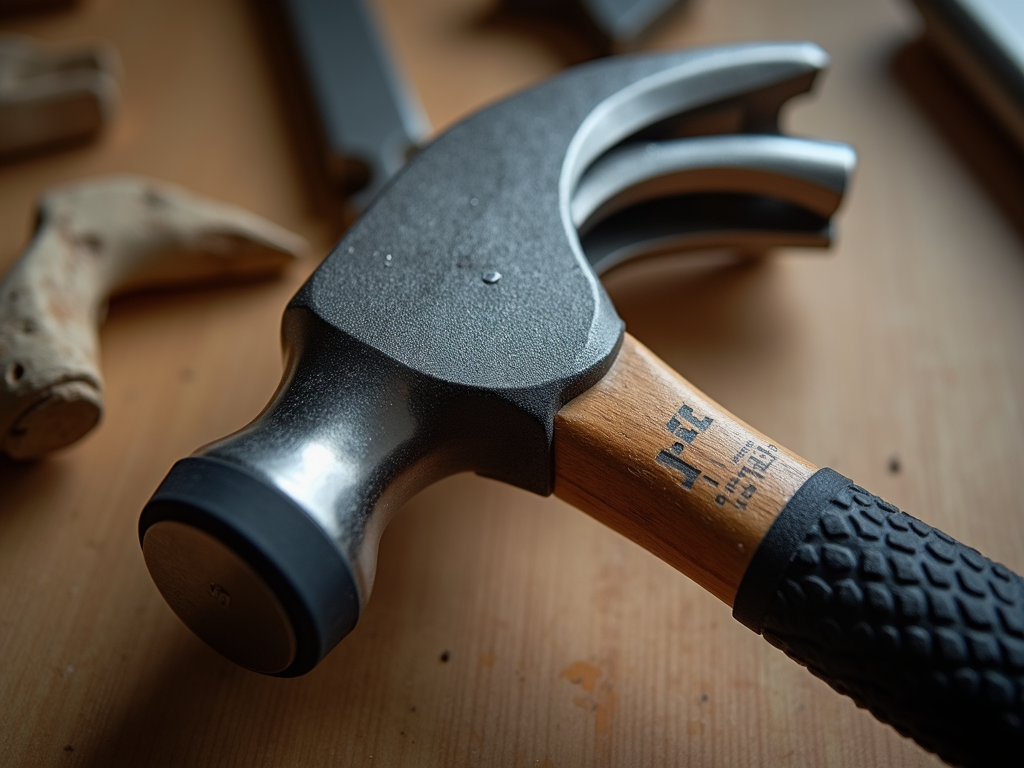
Real Talk: Ergonomics Isn’t Optional
I used a cheap hammer for years—my hands ached, and my work suffered. Ergonomics isn’t just fancy talk; it prevents injuries like tendonitis. The National Institute for Occupational Safety and Health (NIOSH) backs this up—good tools boost safety and results.
How Dynamics and Ergonomics Team Up
A hammer’s power comes from its dynamics, but ergonomics makes it usable. A heavy head drives nails fast, but a bad grip tires you out. Combine a solid design with smart handling, and you’ve got a tool that works as hard as you do.
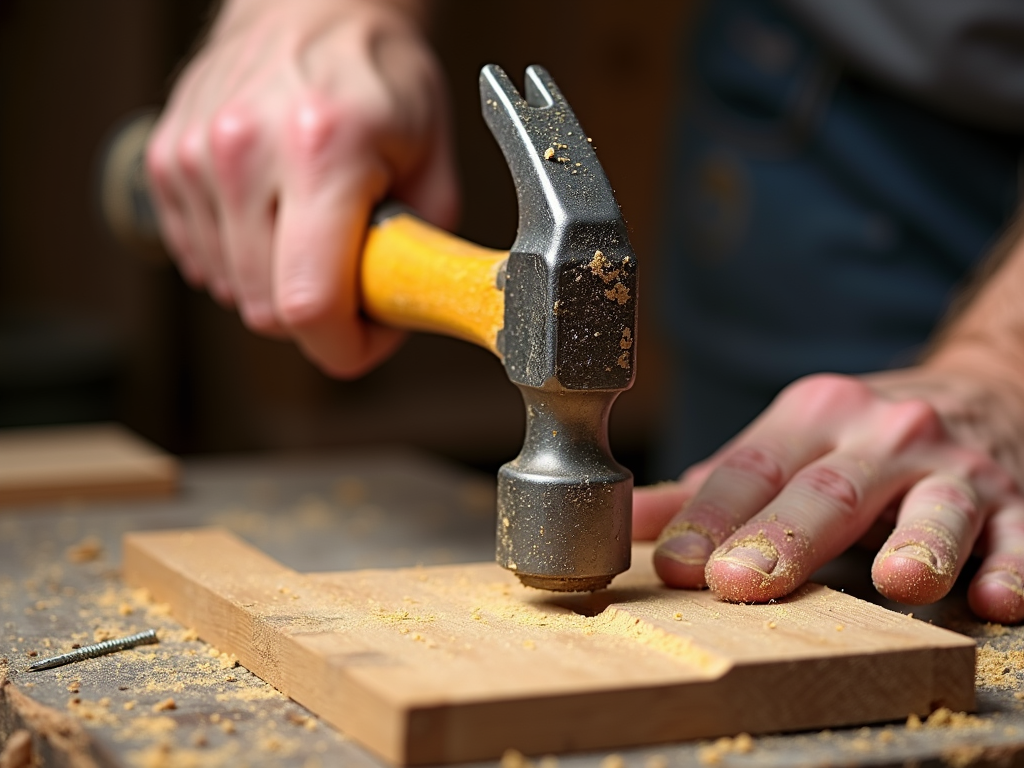
Lessons from the Field
Years ago, I helped a friend build a shed. He swore by his old sledge hammer—too heavy, no grip. Halfway through, he was exhausted. I brought my ergonomic claw hammer, and we finished faster. The right tool changes everything.
Summary
Understanding hammer dynamics and ergonomics isn’t just for pros—it’s for anyone who picks up a hammer. Get the right one, swing it smart, and keep it in good shape. Your projects will shine, and your body will thank you. Check out the readings below for more tips!
Related understanding hammer dynamics and ergonomics:
- Tool Organization 101: Essential Tips for Painters and DIY Enthusiasts
- How to Maintain Your Workbench: A Comprehensive Guide for Professionals and Hobbyists
- The Impact of Black & Decker on the DIY Movement
- Power Tools for Beginners: A Comprehensive Guide
- Best Tools for DIY Home Painting
- Safety First: A Guide to DIY Safety Gear
- The Ultimate Guide to Tool Sharpening Techniques
- The Evolution of Workman Tools: From Past to Present
- Top Workbench Accessories for Every Craftsman
- Advanced Power Tool Features Explained: Your Ultimate Guide
- How to Use a Hammer Safely: A Comprehensive Guide for Every Workman
- Stay Safe: Top DIY Safety Tips
